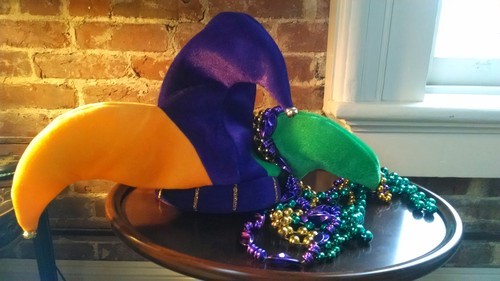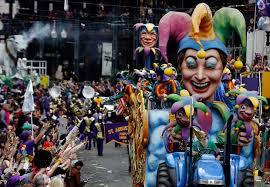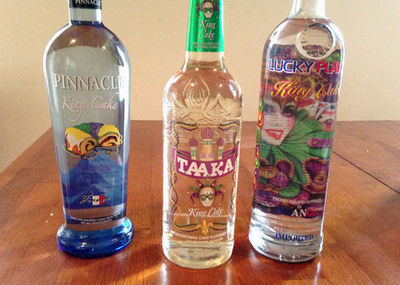 I joined Toastmasters last year in efforts to be a better public speaker. In my past, I used to do a fair bit of it. Way back in the 1990's I taught software engineers Macintosh programming for Apple Computers, a job that required a considerable amount of talking in front of a group. I got pretty good at it; at least, I remember enjoying it.
I joined Toastmasters last year in efforts to be a better public speaker. In my past, I used to do a fair bit of it. Way back in the 1990's I taught software engineers Macintosh programming for Apple Computers, a job that required a considerable amount of talking in front of a group. I got pretty good at it; at least, I remember enjoying it.But these days I sit behind a computer and type. I write, I Facebook, I twitter... heck, I order everything I need online, from clothing to groceries. I'd gotten out of practice with talking to people, let alone giving a speech. Joining Toastmasters was recommended by my publisher who believed I should brush-up for any interviews or book talks.
So, I did.
The Process
When you join Toastmasters you are given two books, with two different paths you must pursue, at least initially.
The second is the “Competent Leader” path. Initially, this one had little interest for me, but over the months I've seen its benefit. If you want to learn how to influence people, you need more than your voice. You need to learn how to listen, how to give feedback, and how to motivate. These are all tiny, albeit powerful, insights you'll learn from activities you participate in, and all will help you become a leader.
The Meeting
Every Toastmasters club is run a bit differently, from who talks when, if there are breaks, how people are presented, etc. But every meeting needs people to do the following:
1) The Toastmaster. They set a theme or tone of the meeting and introduce the speakers for the evening. In this role, you'll talk to the room on several occasions.
2) The General Evaluator. They make sure the schedule runs on time. The also offer general insights as to what went well, and what can be improved in the meeting.
 3) Table Topic Master. Every night one person offers an interesting topic, then asks several members for their opinion, or story about it. You never know if you're going to be called upon. This is excellent practice for quick-on-your-feet responses.
3) Table Topic Master. Every night one person offers an interesting topic, then asks several members for their opinion, or story about it. You never know if you're going to be called upon. This is excellent practice for quick-on-your-feet responses.4) Speakers. Every meeting we have three people deliver a speech. These range in times from five to seven minutes, but in some cases can go fifteen; it depends on what the speaker is trying to accomplish. I am always amazed by the stories we hear at our meeting.
5) Evaluators. Each speaker will be evaluated by another member. These smaller speeches last two to three minutes, and cover what the speaker did well, and what could be improved. This is not about the actual topic, but rather the goals of the speaker (Did they use they hands effectively? Were their eyes up or on the paper in front of them? Was their volume clear?) Sometimes, that makes the task challenging, divorcing your own opinions on the topic from the delivery.
6) The Evaluation Team. Four additional roles need to be filled for an effective meeting.
- The Ah-Counter, someone who keeps track of all the “um”s, “ah”s, “so”s, or any clutch-word used by any speaker, from the Toastmaster, to the other Evaluations Team members.
- The Timer's job is to time the speeches. All of 'em. Even Table Topic responders. Part of being effective is keeping your speech within the time limits. While you speak, the Timer will let you how you're doing by holding up a “green,” “yellow,” or “red” card, or use a portable stoplight device.
- Ballot Counter. Every member and guest are given ballots. Not only do they allow members to vote on the best speaker, evaluator, or table topic response, but they can give feedback. At the meeting's end, small awards are given.
- Grammarian. Just what you'd think, this person listens for improper grammar as well as interesting or creative grammar.
Each of these members give small speeches up front to outline their tasks, and again after the meeting with their results.
A Toastmaster meeting requires a fair number of people, a total of thirteen. Even if you don't have a role, odds are you'll be asked to stand and talk, at least to give your name, what you do, why you're here... Hey, it's about speaking! That's why you came!
– End Part 1 –






